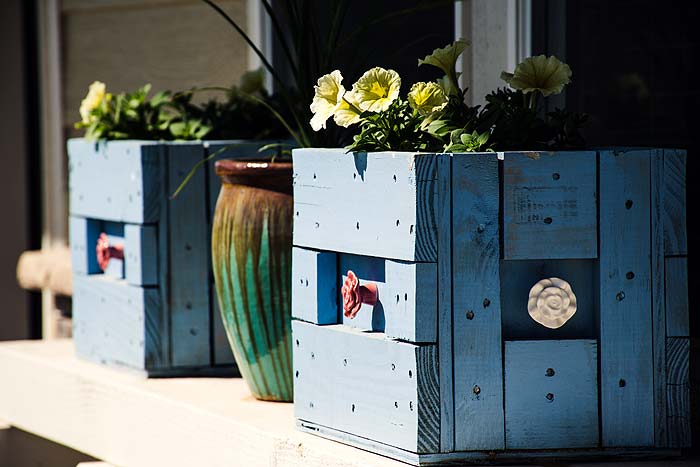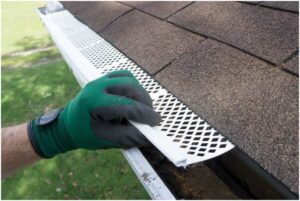Do It Yourself (DIY) is a term that many people fear. While a lot of people associate DIY with fixing irritating home-related problems, DIY is a huge catch-all term that includes a vast range of arts and crafts projects, too. Lots of people don’t have the greatest track record when it comes to DIY projects. There are many reasons for this. Whether it’s a simple lack of experience, not much creative ability, or not using the right tools, DIY projects are the bane of many people’s lives. They don’t need to be, though.

Not only this, but lots of people begin their own DIY projects because they had a good idea and wanted to bring it to life. Or they’re fixing up their home to sell. More often than not these DIY projects end up being abandoned, leaving a stack of unfinished ideas in an ugly and messy pile.
If you are like me and have a ton of ideas stuck in your head and have no idea how to get started, or only have a very basic concept of DIY, then you have come to the right place! There are lots of things you can do to take your DIY projects to the next level. And more importantly—actually get them finished.
#1: Make Sure You Have the Right Tools
Not having the right tools is one of the major reasons why otherwise good DIY ideas get abandoned. Believe it or not, you’re going to struggle if you try and take on a big DIY project with only a hammer and a few nails. Having the right tools means that you can complete the more advanced parts of a DIY job. Not only this, but tools such as power drills and circular saws can make a quick, neat, and tidy job of tasks that are more difficult to do manually.
Some of the essential tools you need for virtually all DIY jobs include:
- A cordless drill. This is a tool that you’ll use more than any other. Drills are useful for creating holes in walls and materials. Then you can secure things in place. They can also help you remove worn-down and stubborn screws from stone, wood, and plaster.
- A nail gun. Who wants to spend time hammering nails into things? Not only does this take longer and is harder to do (I can’t count the number of nails I waste because I bend them), but they are safer, too. There’s nothing quite as bad as hitting your finger with a hammer!
- A jigsaw. If you find yourself doing lots of DIY projects, then this tool really pays for itself. They are used to carve curved lines into wood and plasterboard.
There are lots of tools available and the ones you need depends on the job at hand.
#2: Make a Business Out of It
If you are particularly good at DIY, why not make a business out of it? Thanks to the internet, social media, and freelancer apps, it’s now easier than ever to make a career out of doing something you love.
Not everyone can handle DIY projects. Some are avoided by the masses. So it’s a great market to break into, especially if you are highly skilled! Then you’ll have tons to offer potential clients and customers.
If you are considering going into business as a DIY tradesperson then you have probably got quite a few projects under your belt which you can use as portfolio pieces. The next step – and the most difficult – is to advertise your services and pitch to potential customers. Oh, and don’t forget that you will need general contractor insurance, too.
#3: Sell Your Stuff Online
Using websites such as Etsy, you can create your own online store and sell your creations. There are shelving and desks made from reclaimed wood and bar stools made from copper piping and concrete. You can sell virtually anything here so long as you have made it yourself.
Many people have made Etsy a successful side-business and given that you can process payments, market your products, and reach a worldwide market right through their website. There’s no wonder that more and more creatives are turning to Etsy to make a bit of extra side income.
Although DIY projects are hated by the masses, there are many people who have a particular affinity for them. DIY isn’t just restricted to fixing problems in the home. You can use your equipment and skills to start your own business by completing DIY projects for clients and customers or selling your creations online.



